DEEPWATER HORIZON - Macondo Well Blow-Out
Note: Page tabs may appear collapsed or as a menu near the top of the page on mobile devices or lower screen resolutions.
The Deepwater Horizon mobile offshore drilling unit (MODU) was performing drilling operations on the Macondo Well at Mississippi Canyon Block 252 on April 20, 2010 when a series of events led to an explosion and fire that tragically took 11 lives and injured 16 other personnel.
Our condolences go out to the families and friends of the 11 men that lost their lives in this casualty.
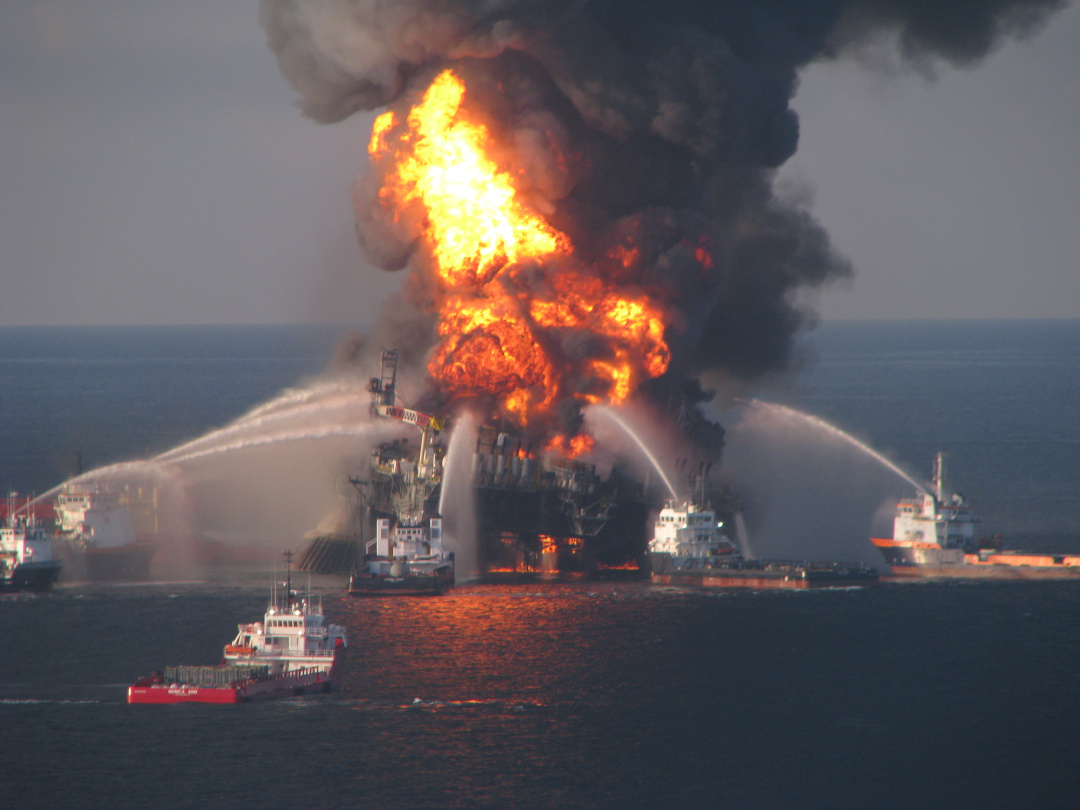
Deepwater Horizon was severely damaged and sank on April 22. The casualty resulted in the continuous flow of hydrocarbons into the Gulf of Mexico for 87 days before the well was capped, causing the largest oil spill in U.S. history, significant environmental damage to the Gulf of Mexico and personal and economic impact to communities all along the Gulf Coast.
This page serves to consolidate information related to the incident with access to the numerous reports generated by various government agencies and involved companies. All reports are credited to the respective agency or company and are readily available through linked sites or separate internet searches.
Use the tabs above to view investigation information by the following government agencies, involved companies and academia:
1) U.S. Coast Guard and Bureau of Ocean Energy Management, Regulation and Enforcement (BOEMRE) Joint Investigation Team (JIT)
2) U.S. Chemical Safety and Hazard Investigation Board
3) National Commission on the BP Deepwater Horizon Oil Spill and Offshore Drilling
4) BP (Macondo Well Lessee)
5) Transocean (Owner/Operator of Deepwater Horizon; contracted by BP for Macondo Well work)
6) Republic of the Marshall Islands (Flag State Administration for Deepwater Horizon)
7) Deepwater Horizon Study Group (UC-Berkeley's Center for Catastrophic Risk Management)
Joint Investigation (U.S. Coast Guard & Bureau of Ocean Energy Management, Regulation and Enforcement)
The investigation into this incident was conducted by a joint investigation team consisting of members from the U.S. Coast Guard and the Bureau of Ocean Energy Management, Regulation and Enforcement (BOEMRE). The reports are accessible below, with excerpts from their respective executive summaries.
Excerpt from the Executive Summary: The Joint Investigation Team (JIT) comprised of members from the U.S. Coast Guard and Bureau of Ocean Energy Management, Regulation and Enforcement (BOEMRE) examined five aspects of this disaster relating to areas of responsibility of the U.S. Coast Guard: the explosions, the fire, the evacuation, the flooding and sinking of the MODU, and the safety systems of DEEPWATER HORIZON and its owner-operator, Transocean. Although the events leading to the sinking of DEEPWATER HORIZON were set into motion by the failure to prevent a well blowout, the investigation revealed numerous systems deficiencies, and acts and omissions by Transocean and its DEEPWATER HORIZON crew that had an adverse impact on the ability to prevent or limit the magnitude of the disaster...
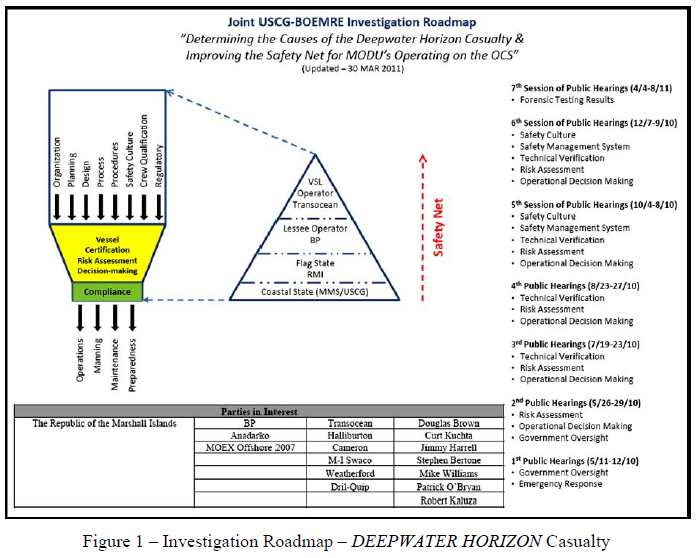
Excerpt from the Executive Summary: This Report sets forth in detail the Panel’s investigative findings, conclusions, and recommendations. The Panel’s findings and conclusions are presented in the following subject areas: well design; cementing; possible flow paths; temporary abandonment of the Macondo well; kick detection and rig response; ignition source and explosion; the failure of the Deepwater Horizon blowout preventer; regulatory findings and conclusions; and company practices...
U.S. Chemical Safety Board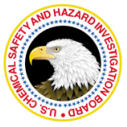
The U.S. Chemical Safety and Hazard Investigation Board report is available in multiple volumes that are available on their Macondo Blowout and Explosion page, as well as below for ready reference:
- Executive Summary (opens in a new window)
- Volume 1 (opens in a new window)
- Macondo Incident Background and General Description
- Deepwater Drilling and Temporary Abandonment of the Macondo Well
- Volume 2 (opens in a new window)
- Blowout Preventer (BOP) Technical Failure Analysis
- Barrier Management at Macondo
- Safety Critical Elements
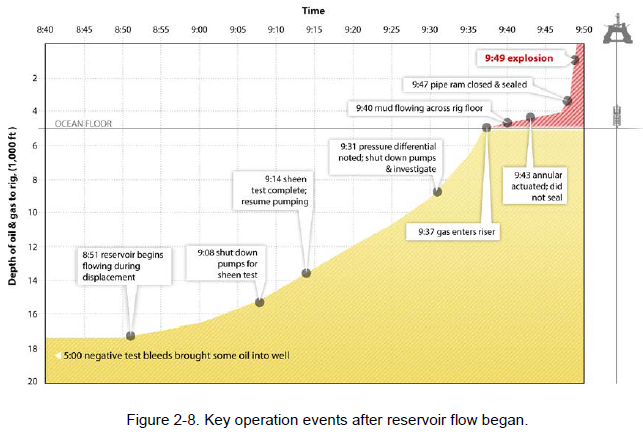
- Volume 3 (opens in a new window)
- Human Factors
- Organizational Learning
- Safety Performance Indicators
- Risk Management Practices
- Corporate Governance
- Safety Culture
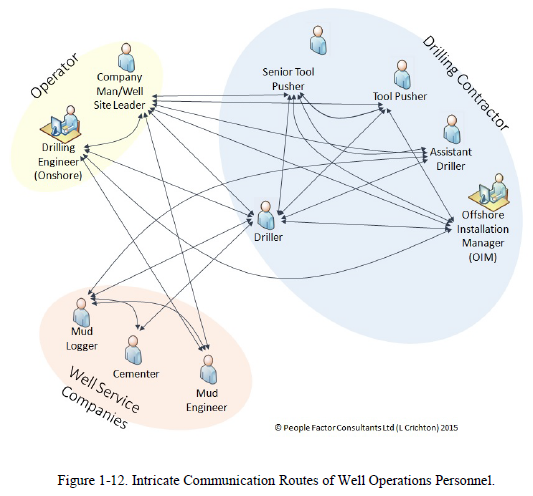
- Volume 4 (opens in a new window)
- U.S. Offshore Safety Regulation during and after Macondo
- Attributes of an Effective Regulator and Regulatory System
National Commission on the BP Deepwater Horizon Oil Spill and Offshore Drilling

President Obama established the National Commission on the BP Deepwater Horizon Oil Spill and Offshore Drilling through Executive Order 13543 on May 21, 2010. The Commission was established to examine the relevant facts and circumstances concerning the root causes of the Deepwater Horizon oil disaster and develop options to guard against, and mitigate the impact of, oil spills associated with offshore drilling. This included recommending improvements to federal laws, regulations, and industry practices and organizational or other reforms of Federal agencies or processes necessary to ensure implementing and maintaining those improvements.
A final report on the Commission’s findings was presented to the President on January 12, 2011.

The Oil Spill Commission Action project was an outgrowth of the National Oil Spill Commission, to continue efforts to make offshore oil drilling safer by promoting the implementation of the recommendations of the National Oil Spill Commission.
Commission resources are as follows:
- The Commission's Final Report: DEEP WATER - The Gulf Oil Disaster and the Future of Offshore Drilling (opens in a new window)
- Part I: The Path to Tragedy (page xiii)
- Chapter 1: The Deepwater Horizon, the Macondo Well, and Sudden Death on the Gulf of Mexico (page 1)
- Chapter 2: The History of Offshore Oil and Gas in the United States (page 21)
- Chapter 3: Oversight—and Oversights—in Regulating Deepwater Energy Exploration and Production in the Gulf of Mexico (page 55)
- Part II: Explosion and Aftermath: The Causes and Consequences of the Disaster (page 87)
- Chapter 4: The Macondo Well and the Blowout(page 89)
- Chapter 5: Response and Containment (page 129)
- Chapter 6: Oiling a Rich Environment: Impacts and Assessment (page 173)
- Chapter 7: Recovery and Restoration (page 197)
- Part III: Lessons Learned: Industry, Government, Energy Policy (page 215)
- Chapter 8: Changing Business as Usual (page 217)
- Chapter 9: Investing in Safety, Investing in Response, Investing in the Gulf (page 249)
- Chapter 10: American Energy Policy and the Future of Offshore Drilling (page 293)
- Commission's Recommendations (opens in a new window)
- Recommendations (page 1)
- Improving the Safety of Offshore Operations: Government’s Role (page 1)
- Improving the Safety of Offshore Operations: Industry’s Role (page 12)
- Safeguarding the Environment (page 18)
- Strengthening Oil Spill Response, Planning, and Capacity (page 24)
- Advancing Well-Containment Capabilities (page 31)
- Overcoming the Impacts of the Deepwater Horizon Spill and Restoring the Gulf (page 35)
- Ensuring Financial Responsibility (page 45)
- Promoting Congressional Engagement to Ensure Responsible Offshore Drilling (page 50)
- Moving to Frontier Regions (page 52)
- Conclusion (page 57)
- The Chief Counsel's Report: Macondo - The Gulf Oil Disaster (opens in a new window)
- Executive Summary of Findings (page x)
- Technical Findings (page x); Management Findings (page x); Regulatory Findings (page xi)
- Chapter 1: Scope of Investigation and Methodology (page 1)
- Nature of Report (page 1); Scope of Investigation and Report (page 1); Investigation Methodology (page 2); Structure of the Report (page 3)
- Chapter 2: Drilling for Oil in Deepwater (page 5)
- Oil and Gas in Deepwater (page 5); How to Drill a Deepwater Well (page 8)
- Chapter 3: Background on the Macondo Well, the Deepwater Horizon, and the Companies Involved (page 25)
- The Macondo Well (page 25); The Deepwater Horizon (page 26); Companies and Individuals Involved in the Macondo Blowout (page 30)
- Chapter 4: Technical Findings (page 35)
- Underlying Technical Causes (page 35); Underlying Management Causes (page 37)
- Chapter 4.1: Flow Path (page 39)
- Potential Flow Paths (page 40); Forensic Evidence Suggests That Hydrocarbons Did Not Flow up the Annulus
and Through the Seal Assembly (page 42); Hydrocarbons Appear to Have Flowed Into and up the Production Casing (page 48); Technical Findings (page 52)
- Chapter 4.2: Well Design (page 53)
- Deepwater Well Design (page 53); The Macondo Well Design (page 55); Drilling the Macondo Well (page 58); Technical Findings (page 62); Management Findings (page 64)
- Chapter 4.3: Cement (page 67)
- Well Cementing (page 67); Preparing for the Macondo Cement Job (page 77); Designing the Macondo Cement Job (page 78); Planning for and Installing Centralizers at Macondo (page 81); Float Collar Installation and Conversion at Macondo (page 87); Pre-Cementing Wellbore Conditioning at Macondo (page 90); Cementing Process at Macondo (page 92); The Float Check at Macondo (page 93); Cement Evaluation at Macondo (page 94); Technical Findings (page 95); Management Findings (page 102)
- Chapter 4.4: Foamed Cement Stability (page 111)
- Foamed Cement (page 111); Foamed Cement at Macondo (page 113); Technical Findings (page 120); Management Findings (page 123)
- Chapter 4.5: Temporary Abandonment (page 127)
- Temporary Abandonment (page 127); Temporary Abandonment at Macondo (page 128); Technical Findings (page 135); Management Findings (page 139)
- Chapter 4.6: Negative Pressure Test (page 143)
- Well Integrity Tests (page 143); Negative Pressure Test at Macondo (page 147); Technical Findings (page 160); Management Findings (page 161)
- Chapter 4.7: Kick Detection (page 165)
- Well Monitoring and Kick Detection (page 165); Well Monitoring at Macondo (page 174); Technical Findings (page 182); Management Findings (page 184)
- Chapter 4.8: Kick Response (page 193)
- Well Control Equipment (page 193); Kick Response at Macondo (page 195); Technical Findings (page 198); Management Findings (page 200)
- Chapter 4.9: The Blowout Preventer (page 203)
- Blind Shear Rams (page 204); Blind Shear Ram Activation at Macondo (page 206); ROV Hot Stab Activation at Macondo (page 208); Automatic Blind Shear Ram Activation at Macondo (page 208); Potential Reasons the Blind Shear Ram Failed to Seal (page 212); BOP Recertification (page 215); Technical Findings (page 216); Management Findings (page 217)
- Chapter 4.10: Maintenance (page 221)
- Transocean‘s Rig Management System (page 221); Competing Interests Between Drilling and Maintenance (page 222); Lack of Onshore Maintenance (page 222); Maintenance Audits and Inspections (page 223); Maintenance Findings (page 224)
- Chapter 5: Overarching Failures of Management (page 225)
- Leadership (page 225); Communication (page 227); Procedures (page 232); Employees (page 235); Contractors (page 237); Technology (page 240), Risk (page 242); Closing (page 249)
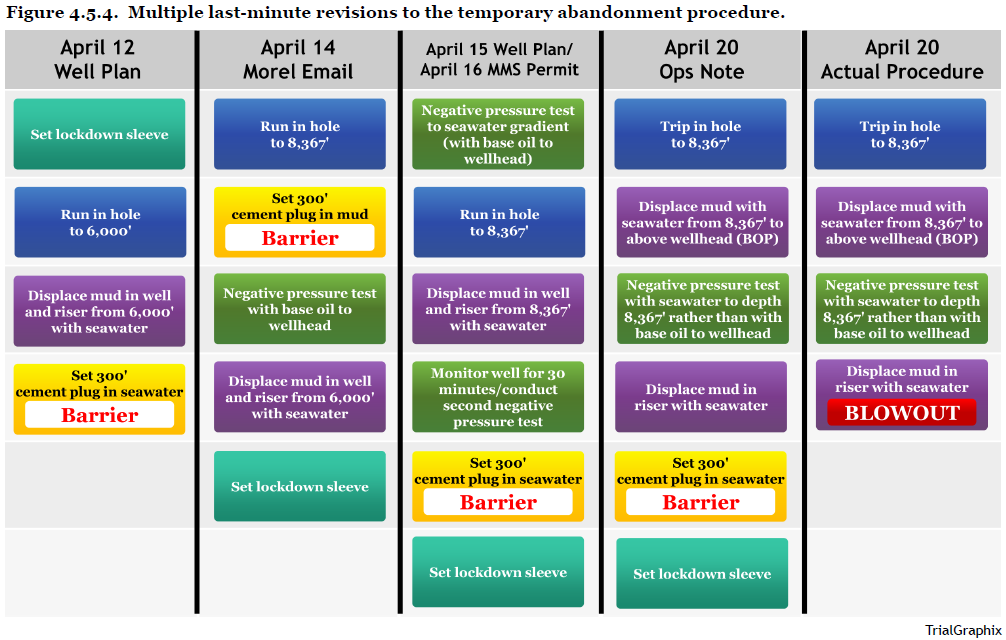
BP Incident Investigation Team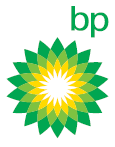
The BP Deepwater Horizon Accident Investigation Report (opens in a new window; contents summarized below) was published on September 8, 2010, using evidence that was available at the time and while many of the reports that were previously listed were in process.
- Executive Summary (pdf page 9)
- Section 1: Scope of the Investigation (pdf page 13)
- Section 2: The Macondo Well (pdf page 15)
- Section 3: Chronology of the Accident (pdf page 21)
- Section 4: Overview of Deepwater Horizon Accident Analyses (pdf page 31)
- Section 5: Deepwater Horizon Accident Analyses (pdf page 49)
- Analysis 5A: Well Integrity Was Not Established or Failed (pdf page 51)
- Analysis 5B: Hydrocarbons Entered the Well Undetected and Well Control Was Lost (pdf page 79)
- Analysis 5C: Hydrocarbons Ignited on Deepwater Horizon (pdf page 109)
- Analysis 5D: The Blowout Preventer Did Not Seal the Well (pdf page 141)
- Section 6: Investigation Recommendations (pdf page 181)
- Section 7: Work that the Investigation Team was Unable to Conduct (pdf page 189)
- Appendices (pdf page 191; list only - appendices not included in the linked report)
In their report, the BP incident investigation team summarized breached barriers with the following graphic (image credit BP; Figure 1 on pages 32 and 181 of the linked BP report):
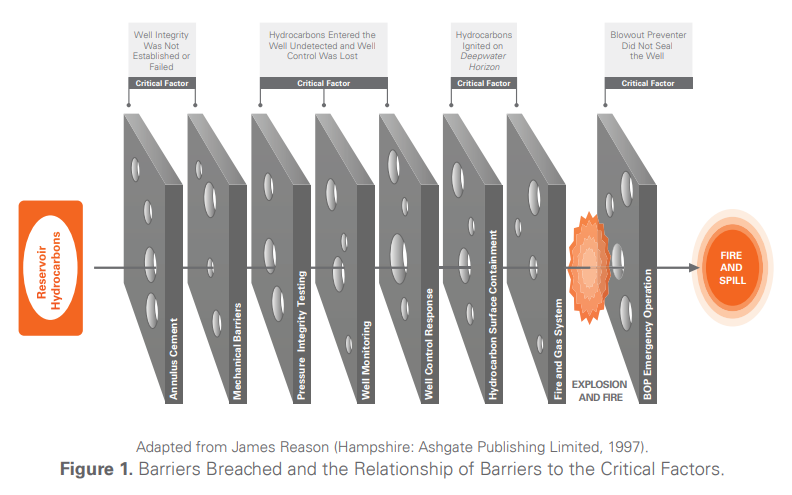
Transocean Investigation Report
The Transocean Macondo Well Incident Investigation Report is available in two volumes, as linked and summarized below. Additional information is available on Transocean's website by searching "Deepwater Horizon", "Macondo", or similar terms in their site search box.
Macondo Well Incident: Transocean Investigation Report, Volume I (opens in a new window; contents summarized below)
- Executive Summary (pdf page 9)
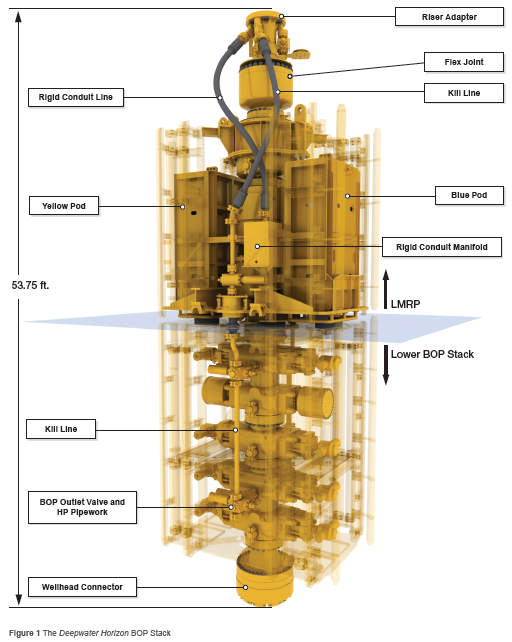
- Chapter 1, The Macondo Prospect and the Deepwater Horizon (pdf page 13)
- 1.1: The Macondo Well (pdf page 14)
- 1.2: Companies Involved in Drilling the Macondo Well (pdf page 15)
- 1.3: Deepwater Horizon History of Operations (pdf page 17)
- 1.4: Inspections of the Deepwater Horizon (pdf page 17)
- 1.5: Well Operations – February-April 2010 (pdf page 18)
- Chapter 2, Incident Chronology and Overview (pdf page 21)
- 2.1: Running Production Casing (pdf page 22)
- 2.2: Converting the Float Collar (pdf page 22)
- 2.3: Cementing (pdf page 23)
- 2.4: Temporary Abandonment Plan (pdf page 24)
- 2.5: Displacement (pdf page 25)
- 2.6: Negative Pressure Test (pdf page 25)
- 2.7: Sheen Test and Final Displacement (pdf page 26)
- 2.8: Activation of the BOP (pdf page 27)
- 2.9: Initial Emergency Response, Muster, and Evacuation (pdf page 28)
- Chapter 3, Incident Analysis
- 3.1: Well Design and Production Casing Cement (pdf page 35)
- 3.2: Temporary Abandonment (pdf page 71)
- 3.3: Drill Floor Activities (pdf page 111)
- 3.4: Blowout Preventer (BOP) (pdf page 129)
- 3.5: Gas Dispersion and Ignition (pdf page 167)
- 3.6: Muster and Evacuation (pdf page 191)
- Chapter 4, Key Findings (pdf page 203)
Macondo Well Incident: Transocean Investigation Report, Volume II (opens in a new window; Volume II contains appendices, as listed below)
- Appendix A: Abbreviations and Acronyms (pdf page 7)
- Appendix B: Macondo Casing Calculations (pdf page 11)
- Appendix C: Testing of Cementing Float (pdf page 29)
- Appendix D: Centralization Plan at Macondo (pdf page 115)
- Appendix E: Review of Macondo #1 7” x 9-7/8” Production Casing Cementation (pdf page 119)
- Appendix F: Lock-Down Sleeve Decision (pdf page 121)
- Appendix G: Hydraulic Analysis of Macondo #252 Well Prior to Incident of April 20, 2010 (pdf page 127)
- Appendix H: BOP Modifications (pdf page 365)
- Appendix I: BOP Maintenance History (pdf page 387)
- Appendix J: BOP Testing (pdf page 395)
- Appendix K: BOP Leaks (pdf page 401)
- Appendix L: Drill Pipe in the BOP (pdf page 407)
- Appendix M: Structural Analysis of the Macondo #252 Work String (pdf page 417)
- Appendix N: AMF Testing (pdf page 465)
- Appendix O: Analysis of Solenoid 103 (pdf page 475)
- Appendix P: Deepwater Horizon Investigation: Gas Dispersion Studies (pdf page 481)
- Appendix Q: Possible Ignition Sources (pdf page 627)
Republic of the Marshall Islands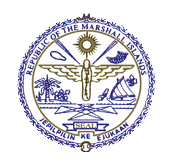
The Republic of the Marshall Islands (RMI) was the Flag State Administration of the Deepwater Horizon and published the RMI Investigation Report (opens in a new window) on August 17, 2011. The report contents are as follows:
- Executive Summary (pdf page 9)
- Causal Factor Conclusions (pdf page 9)

- Non-Causal Factor Conclusions (pdf page 10)
- Prologue (pdf page 13)
- Regulatory Structure (pdf page 13)
- Surveys, Inspections and Certification (pdf page 17)
- Casualty Investigations (pdf page 19)
- The Deepwater Horizon Marine Casualty Investigation (pdf page 21)
- Flag State (pdf page 21)
- Coastal State | Joint Investigation (pdf page 22)
- Part 1: Background of the Casualty (pdf page 25)
- Vessel Particulars (pdf page 25)
- Vessel Systems (pdf page 27)
- Manning, Emergency Drills and Leadership (pdf page 41)
- Part 2: Findings of Fact (pdf page 47)
- Overview (pdf page 47)
- Inspections and Operations prior to 20 April 2010 (pdf page 48)
- Operations on 20April (pdf page 50)
- Well Control and Blowout (pdf page 55)
- Fire and Explosions (pdf page 61)
- Initial Emergency Response (pdf page 65)
- Evacuation (pdf page 67)
- Post Evacuation Response (pdf page 70)
- 21April (pdf page 70)
- 22 April | 23 April (pdf page 72)
- Part 3: Conclusions (pdf page 73)
- Causal Factors Conclusions (pdf page 73)
- Non-Causal Factors Conclusions (pdf page 77)
- Part 4: Recommendations (pdf page 87)
- Flag State/Coastal State Coordination (pdf page 87)
- Lifesaving Procedures (pdf page 87)
- Lifesaving Appliances; Power - Emergency and Standby; Safety Management; Command, Control and Organizational Structure; Vessel Alarm Systems (pdf page 88)
- Fire Protection - Prevention; Fire Protection Suppression Systems; Post-Evacuation Response; Response to Well Control Events (pdf page 89)
- Annexes (pdf page 91)
- Annex A: List of Acronyms and Abbreviations (pdf page 93)
- Annex B: Hughes Associates, Inc. Casualty Investigation of MODU DEEPWATER HORIZON: Fire Origin Investigation, April 2011 (Fire Origin Report) (pdf page 97)
- Annex C: GL Noble Denton and AGR FJ Brown Report of the Loss of Well Control and Assessment of Contributing Factors for the Macondo Well Mississippi Canyon Block 252 OCS-G 32306 #1 Well (Well Control Report) (pdf page 119)
- Annex D: Overview of International Codes and Conventions (pdf page 159)
- Annex E: MMS/USCG MOA OCS-04 dated 28 February 2008 (pdf page 165)
- Annex F: Letter from USCG to Republic of the Marshall Islands Regarding MODU Code Equivalence (pdf page 179)
- Annex G: List of Certificate Expiration Dates (pdf page 183)
- Annex H: General Arrangement Diagrams (pdf page 185)
- Annex I: Crew List (pdf page 207)
- Annex J: Table of Testimony Regarding Change of Command (pdf page 213)
Deepwater Horizon Study Group
The University of California, Berkeley's Center for Catastrophic Risk Management researched the incident and published their Final Report on the Investigation of the Macondo Well Blowout (opens in a new window). The report has the following content:
- Executive Summary (pdf page 7)
- Conclusions from Previous Reports (pdf page 7)
- Looking Back - Technical Factors (pdf page 8)
- Looking Back - Organizational Factors (pdf page 11)
- Looking Forward (pdf page 13)
- Background (pdf page 16)
- Chapter 1 - Timeline to Disaster (pdf page 18)
- The Marianas (pdf page 18)
- The Deepwater Horizon (pdf page 23)
- The Blowout (pdf page 40)
- Post Blowout Shutdown Attempts (pdf page 50)
- Chapter 2 - Analysis of the Blowout (pdf page 51)
- Summary of Factors Leading to Blowout (pdf page 51)
- Candidate Flow Paths to the Rig Floor (pdf page 54)
- Phase 1 - Production Casing Design and Construction (pdf page 56)
- Phase 2 - Temporary Abandonment (pdf page 62)
- Phase 3 - Attempts to Control the Well (pdf page 70)
- Summary (pdf page 75)
- Chapter 3 - Insights (pdf page 76)
- Introduction (pdf page 76)
- Organizational Accidents Perspectives (pdf page 77)
- Production versus Protection Insights (pdf page 84)
- Summary (pdf page 89)
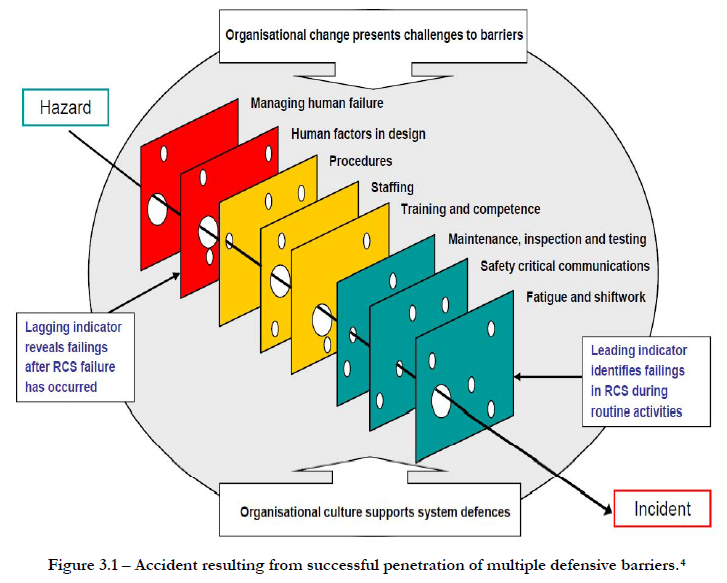
- Chapter 4 - Going Forward (pdf page 91)
- Introduction (pdf page 91)
- Observations (pdf page 91)
- Findings (pdf page 92)
- Commentary (pdf page 93)
- Recommendations (pdf page 96)
- Summary (pdf page 100)
- Appendix A - Deepwater Horizon Study Group Members and Affiliations (pdf page 101)
- Appendix B - List of DHSG Working Papers (pdf page 103)
- Appendix C - Primary Organizations Involved in the Macondo Well Project (pdf page 105)
- Appendix D - Summary of Risk Mitigating Regulations (pdf page 107)
- Appendix E - BAST Well Design, Processes, Equipment and Materials Upgrades (pdf page 123)